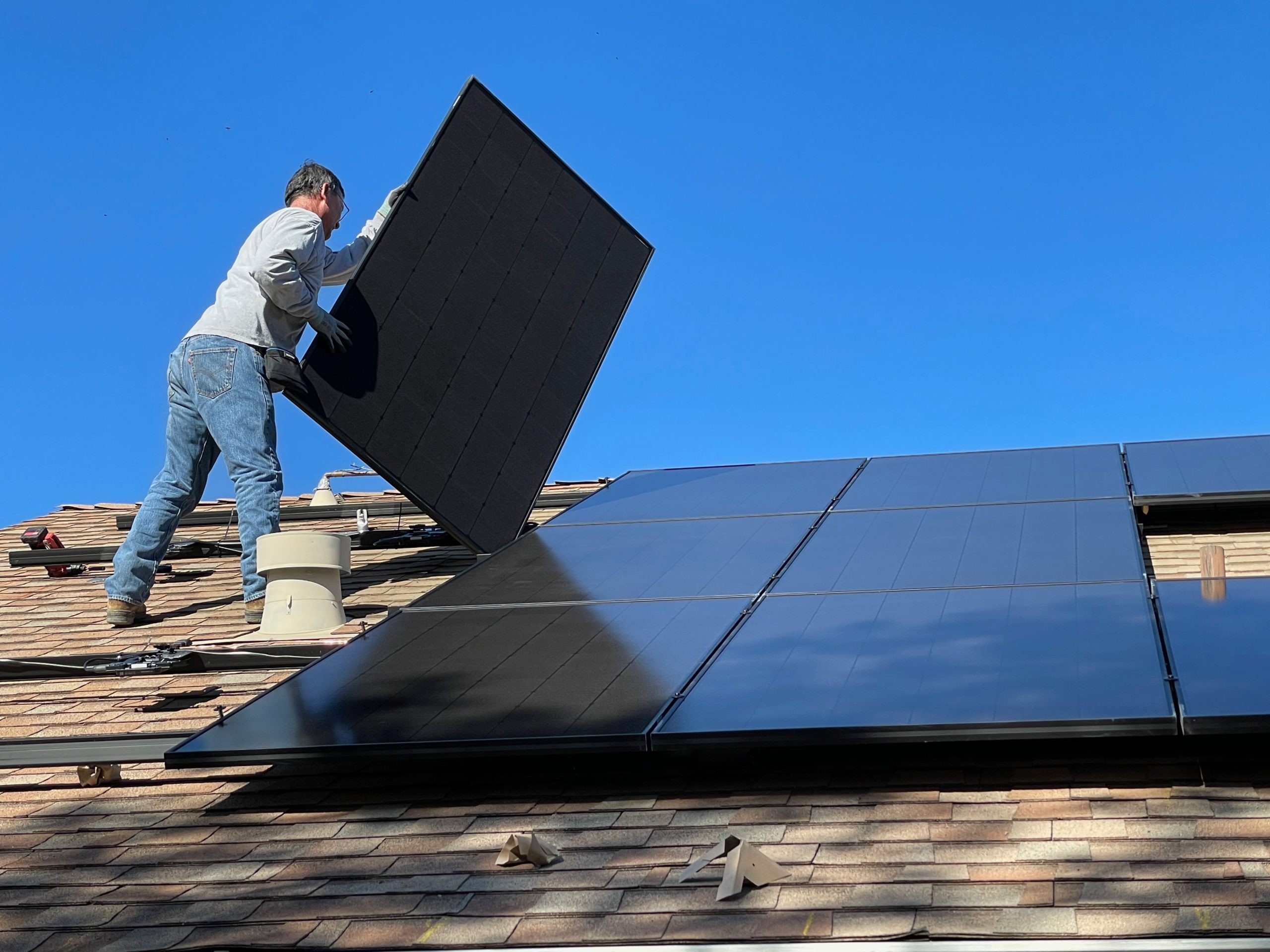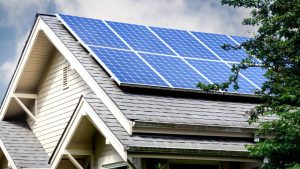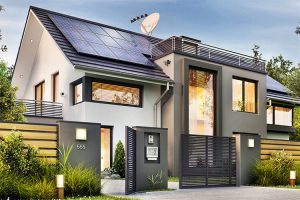In 2022, the American government installed solar panels to power over 22 million homes. It depicts the government’s resolve to integrate solar panels as a source of electricity in America.
So, how does a solar panel work? In its simplest form, it is a device that uses sun rays to produce electricity. Solar panels are a great way to decrease your home’s reliance on the power grid.
Keep reading this article to learn how a solar panel works.
How Does a Solar Panel Work?
The essential components of a solar panel are the inverters, panels, and the utility grid.
All solar panels have photovoltaic cells that aid in converting sun rays into electricity. Most of these cells comprise silicon, a semi-conductive material that conducts electricity to create an electric field.
So, what happens when rays hit the solar panels? These devices absorb solar rays as photons, which are tiny particles that have adequate energy. As such, the solar panel must absorb a lot of photons to produce sufficient electrical energy.
The photons then knock the loose electrons, which travel to the solar cell. Remember, solar cells comprise positive and negative semiconductors. The primary reason for having these two charges is to ensure the solar panel produces an electrical field.
An electrical field is a field that exerts energy on the charged particles within the field, thus either repelling or attracting them.
The same analogy applies to solar panels. Once the electrical field exists, it forces the loose electrons to flow toward the positively charged metal plate. The primary reason is that the negatively charged electrons will be attracted to the positive charge.
This flow of electrons is called energy current, and it’s essential since it determines the amount of electricity each solar cell produces. After hitting the metal plate, the electrons flow through the wires, similar to how electricity flows in other energy sources.
The electric current then flows to the inverter, which converts it from direct current (DC) to alternating current (AC). The main reason for this is that people mainly use alternating currents to power their homes.
After the current has transformed, it gets sent to the breaker box, which distributes the electricity to various parts of the building.

Excess Solar Energy Storage
What happens when you don’t consume all the electricity your solar panels produce? It’s transported to the utility grid for storage. If you have a solar battery, the excess electricity will be stored there, which later gets used to power your house at night, during peak hours, when it’s raining, or there is overcast/poor solar access.
The utility grid is also essential if your solar panels produce less electricity than what your home consumes. When this occurs, people usually pull electricity from the utility grid to ensure all their appliances can work effectively. However, you might incur power bills should you use electricity from the grid to complement your solar energy.
Wrapping Up
Many people use solar panels in their homes because they are an inexpensive, efficient energy source that helps you drastically reduce your electricity bills, while helping the planet. Solar panels aren’t complicated, and Surf Clean Energy makes installing them in your home simple and worth it!




